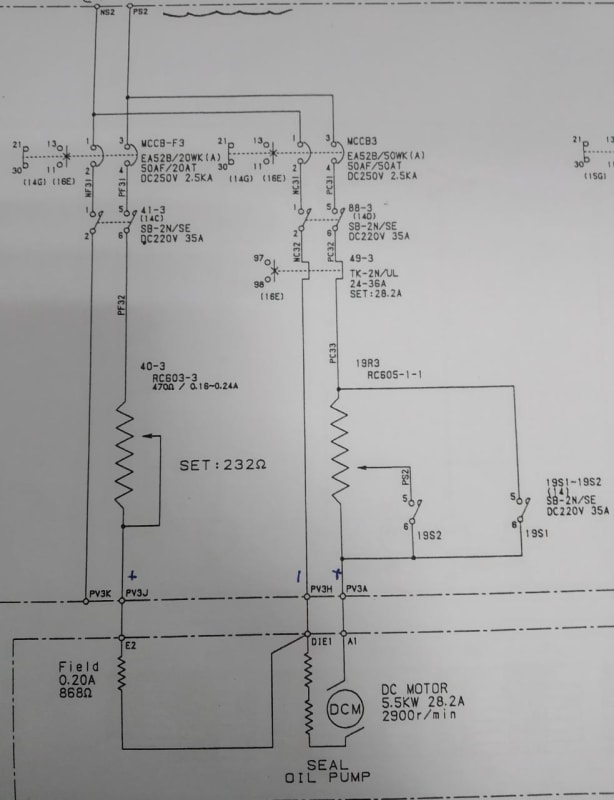Shark96
Electrical
- Feb 24, 2015
- 42
Hi. I am facing an issue where a dc compound motor of 220 volts, 5.5kW has failed. I have an option of replacing it with a dc shunt motor of same rating. However, the compound motor had timed external resistance in series of armature winding in the starting circuit. Can we start the dc shunt motor without the external resistance (Direct application of 220 volts dc)? The application of motor is seal oil pump for turbine.

